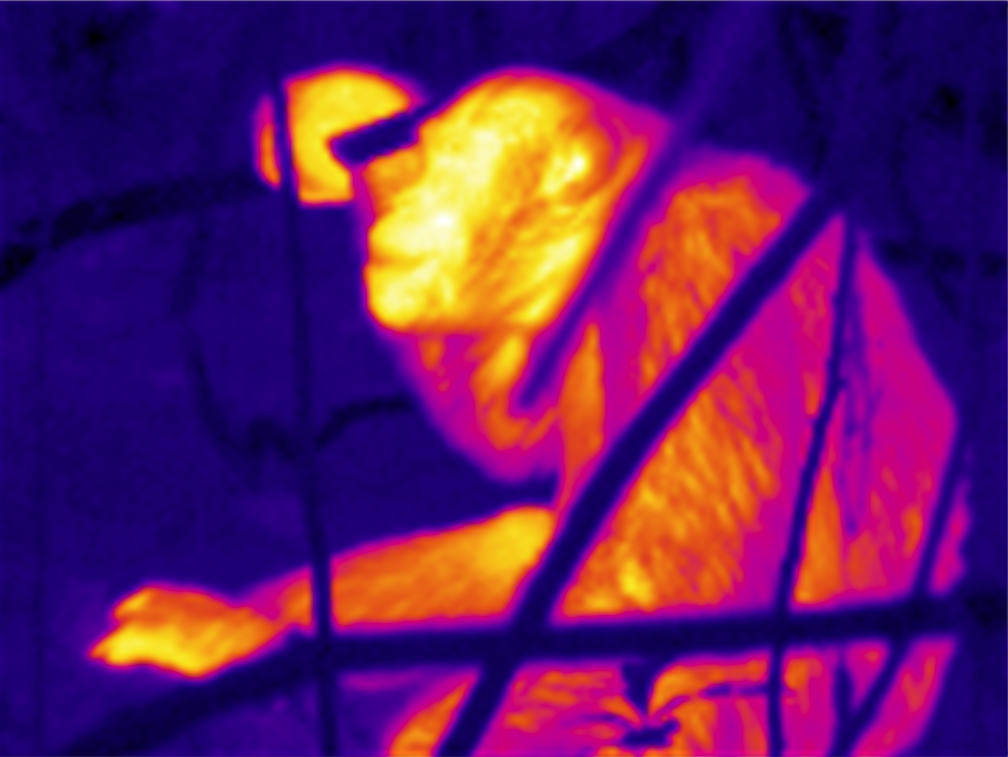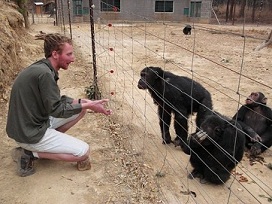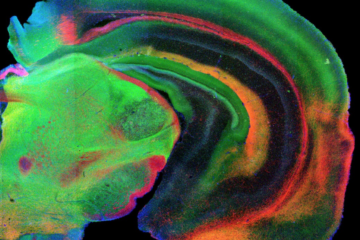
Guillaume DEZECACHE,
Former Fyssen, 2013 – 2014
Royal Society Open Science
Published 25 January 2017.DOI: 10.1098/rsos.160816
Abstract
A growing trend of research using infrared thermography (IRT) has shown that changes in skin temperature, associated with activity of the autonomic nervous system, can be reliably detected in human and non-human animals. A contact-free method, IRT provides the opportunity to uncover emotional states in free-ranging animals during social interactions. Here, we measured nose and ear temperatures of wild chimpanzees of Budongo Forest, Uganda, when exposed to naturally occurring vocalizations of conspecifics. We found a significant temperature decrease over the nose after exposure to conspecifics’ vocalizations, whereas we found a corresponding increase for ear temperature. Our study suggests that IRT can be used in wild animals to quantify changes in emotional states in response to the diversity of vocalizations, their functional significance and acoustical characteristics. We hope that it will contribute to more research on physiological changes associated with social interactions in wild animals.
 Cette étude est la première qui utilise la thermoimagerie infrarouge pour étudier le comportement social des chimpanzés sauvages. En photographiant des chimpanzés sauvages pendant leurs interactions vocales quotidiennes, nous avons pu mettre en évidence une augmentation de la température au niveau de l’oreille et une diminution de la température au niveau du nez, reflets de l’activité du système nerveux autonome en réponse à des stimulations sociales.
Cette étude est la première qui utilise la thermoimagerie infrarouge pour étudier le comportement social des chimpanzés sauvages. En photographiant des chimpanzés sauvages pendant leurs interactions vocales quotidiennes, nous avons pu mettre en évidence une augmentation de la température au niveau de l’oreille et une diminution de la température au niveau du nez, reflets de l’activité du système nerveux autonome en réponse à des stimulations sociales.
Guillaume Dezecache est chercheur post-doctoral à l’Institut Jean Nicod, en contrat dans le cadre du financement ERC FRONTSEM (responsable: Philippe Schlenker). Il mène actuellement des études sur les signaux d’alarme des chimpanzés communs de Budongo, en Ouganda.


